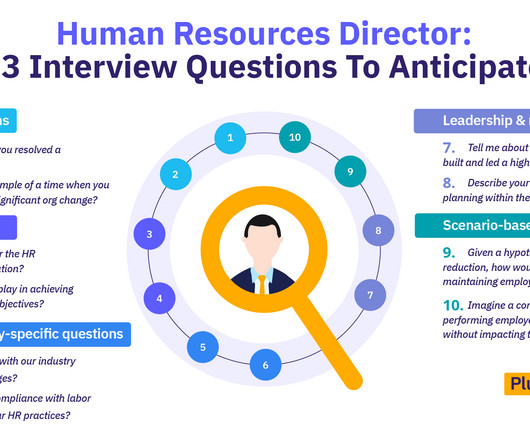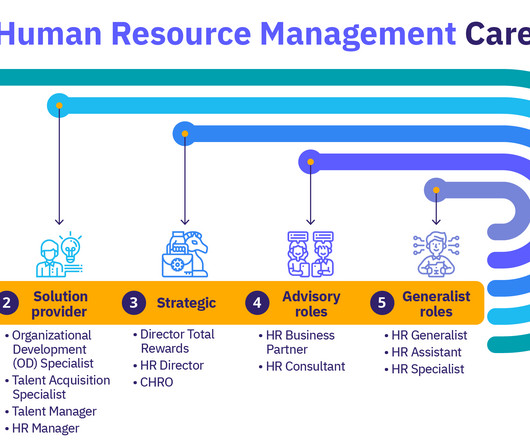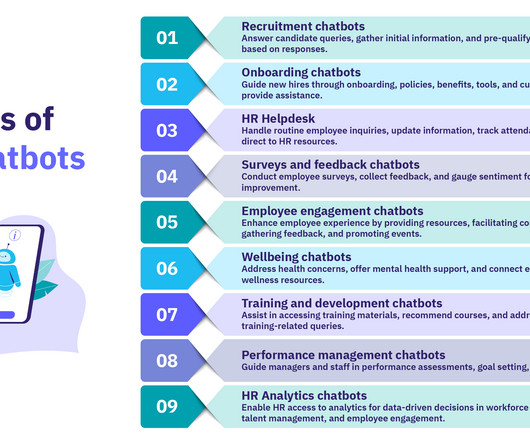Talent Acquisition vs. Recruitment: The Differences and HR’s Key Role
Analytics in HR
APRIL 4, 2023
Talent acquisition also helps in saving time and money. Sourcing takes time and requires multiple interactions in company emails, newsletters, social media DMs, and tests to build relationships that will finally end up in a job offer Employee referrals. Succession planning.



























Let's personalize your content